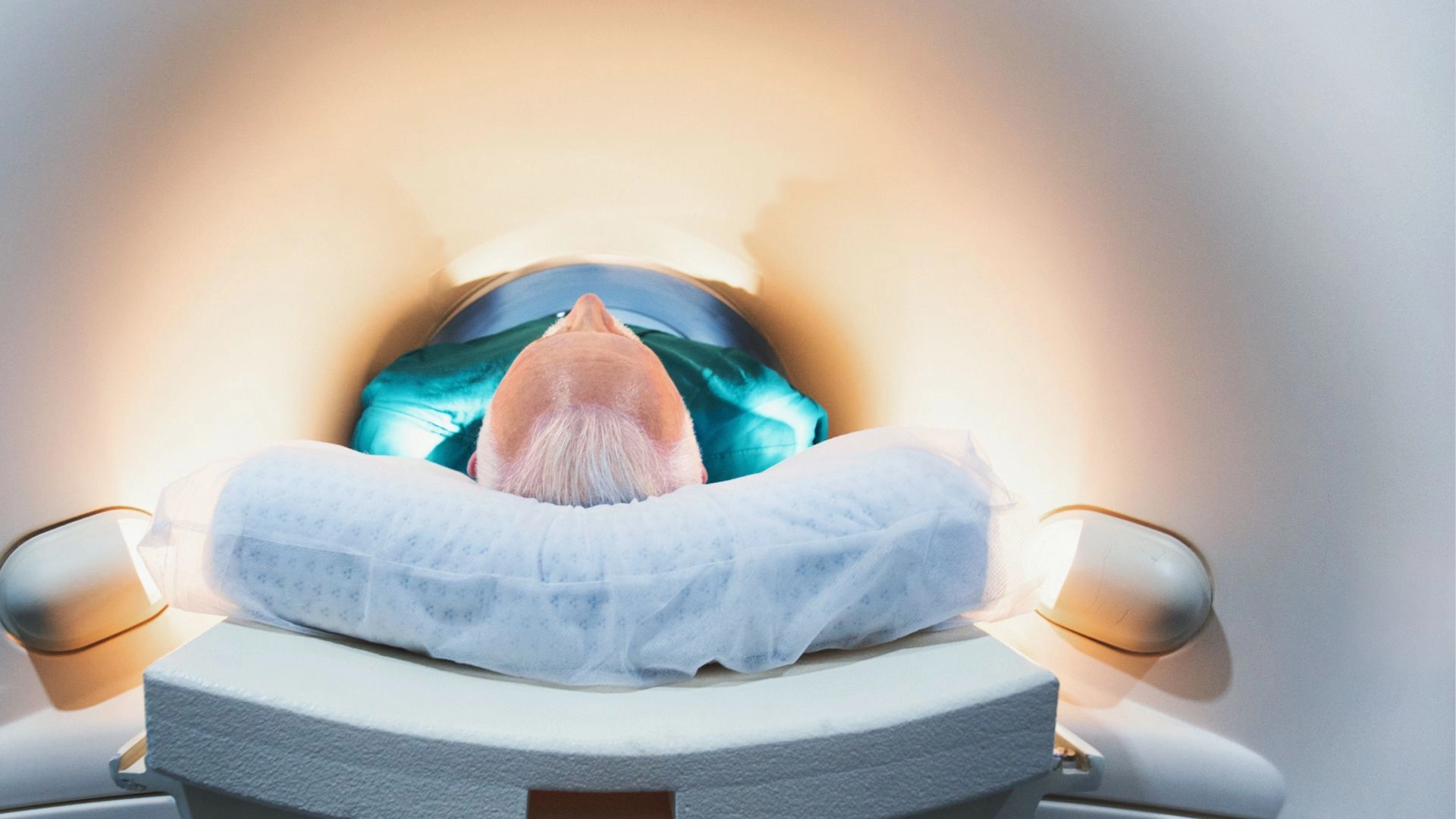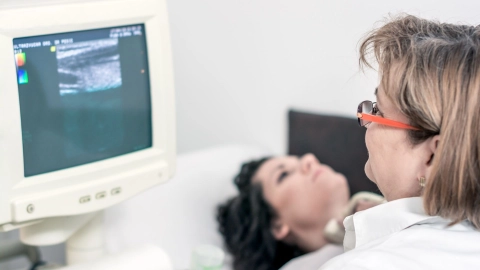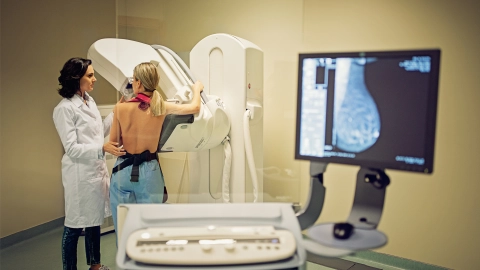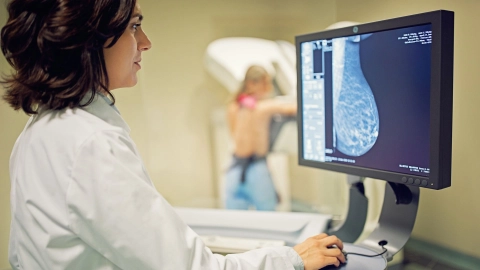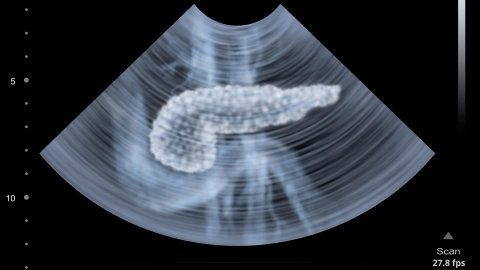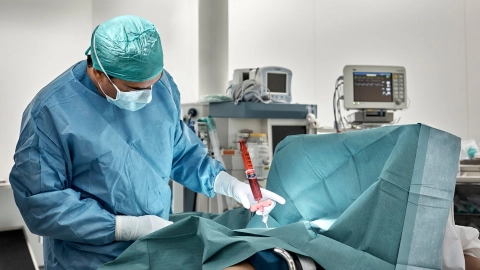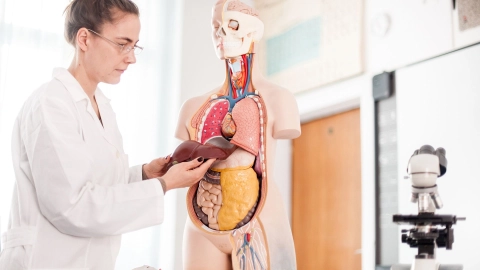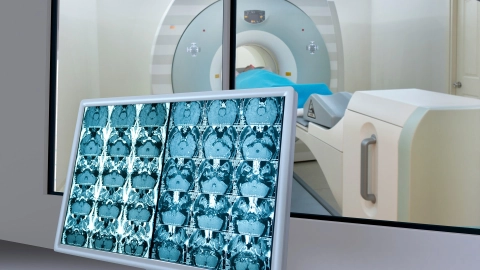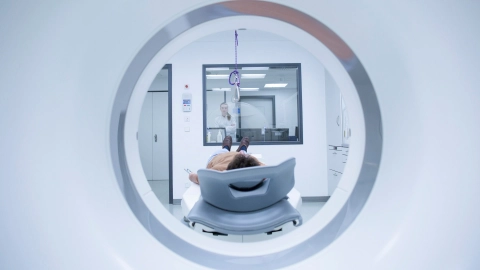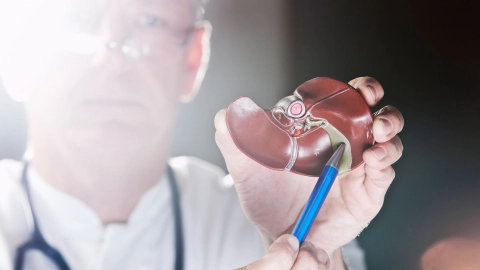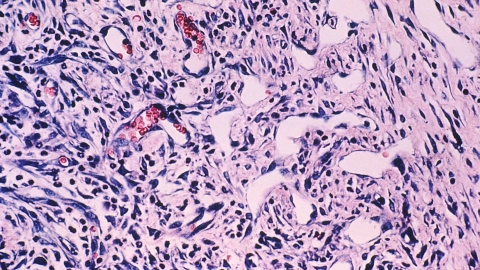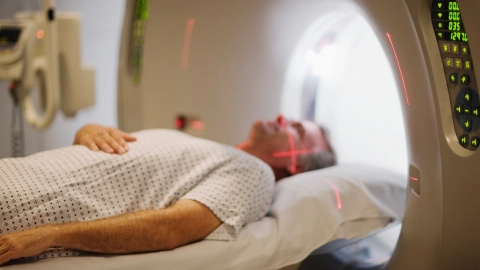A thyroid carcinoma is a rare form of cancer. Most forms of thyroid cancer are slow-growing and can usually be treated successfully by surgery.
Find out more
Prostate cancer is the most common type of cancer in men. Around 60,000 men get prostate cancer every year in Germany.
Find out more
With screening, cancer or certain cancer precursors can be detected before they cause symptoms. The chances of healing thus often improve.
Find out more
Lung cancer is one of the most common types of cancer. Around 57,000 people get lung cancer every year in Germany.
Find out more
In Germany, breast cancer is the most common type of cancer in women, with around 70,000 women getting it every year. In many cases, breast cancer can be very effectively treated.
Find out more
In the past, cervical cancer was a common type of cancer in women. Pap smear screening has made it less common. The HPV vaccine can prevent cervical cancer.
Find out more
Melanoma skin cancer is a commonly occurring malignant tumor of the skin. In Germany, about 23,000 people develop melanoma annually. Melanoma responds well to treatment if detected early.
Find out more
Chronic lymphocytic leukemia (CLL) is an “indolent” (slow-growing) form of lymphoma. In most cases there are no symptoms at the outset and it therefore is often detected by chance.
Find out more
Bowel cancer is common in Germany. It often goes unnoticed for a long time. A statutory screening program helps to detect the disease at an early stage.
Find out more
About 20,000 people in Germany develop pancreatic cancer each year. The tumor is often detected very late and so the chances of recovery are accordingly unfavorable.
Find out more
Acute lymphocytic leukemia is caused by uncontrolled reproduction of immature white blood cells in the body. This is a serious disease that requires immediate medical treatment.
Find out more
Acute myeloid leukemia is due to uncontrolled reproduction of immature blood cells in the bone marrow and body. It requires urgent treatment. Treatment in adults and children usually differs.
Find out more
Stomach cancer is a malignant tumor condition of the gastric mucosa. In most patients, the tumor originates from the pancreatic ducts of the gastric mucosa.
Find out more
Rare types of cancer include around 200 different types of cancer that are not diagnosed very frequently. Find out more about how these are diagnosed and treated.
Find out more
Liver cancer is often only detected at a late stage. As a result, it is often no longer curable. The treatment depends on the stage of the disease.
Find out more
Hodgkin’s lymphoma is rare. About 2,500 people get it every year. The majority of those affected can now be cured.
Find out more
Modern therapies have revolutionized the treatment of chronic myeloid leukemia (CML). This article provides more information about the condition and its treatment.
Find out more
Non-Hodgkin’s lymphoma is a collective term for about 30 different malignant lymphomas. The exact type of lymphoma determines its treatment.
Find out more
Ovarian cancer is often detected only at a late stage. The primary treatment is surgery, usually combined with chemotherapy. Targeted therapies are also possible.
Find out more
Kidney cancer is one of the less common types of cancer. Around 15,000 people get kidney cancer every year in Germany.
Find out more
Endometrial (or womb) cancer is the most common cancer of the female reproductive organs with approximately 11,000 women being diagnosed each year in Germany.
Find out more
In Germany, almost 31,000 people are newly diagnosed with bladder cancer every year. The treatment given and how the disease develops vary depending on how far the cancer has spread.
Find out more
There are different types of brain tumor. Learn more about the different types, their treatment options and risk factors known of to date.
Find out more
Esophageal cancer is a tumor in the esophageal mucosa. There are two common types: adenocarcinoma and squamous cell carcinoma of the esophagus.
Find out more
Testicular cancer is a malignant (cancerous) tumor found in men that develops in the testicles. There are two common types – the seminoma and the non-seminoma.
Find out more
CUP syndrome is an unusual form of cancer that is detected from secondary/metastatic tumors (metastases). However the primary tumor is not detected and remains unknown.
Find out more
With cancer in the gallbladder and bile ducts, symptoms often only appear when the disease is in an advanced stage. Such tumors are therefore usually only detected late.
Find out more
Significantly more men than women develop laryngeal cancer. Tobacco and alcohol consumption are the main risk factors for the disease.
Find out more
Vulvar cancer is a tumor of the external female reproductive organs. It primarily affects older women but the prevalence among younger women is increasing.
Find out more
Non-melanoma skin cancer is very common in Germany. This type of skin cancer is normally localized and only rarely spreads to other parts of the body. As a result, it is rarely life-threatening.
Find out more
Sarcomas are rare tumors. There are over 100 different subtypes of them. Sarcomas occur mainly in soft tissue, but also in bone.
Find out more
Multiple myeloma is a cancer that originates from plasma cells in the bone marrow. With modern therapies, multiple myeloma can usually be effectively treated.
Find out more
Oral and throat cancer are tumor diseases that typically originate in the mucous membrane of the oral cavity or throat.
Find out more
